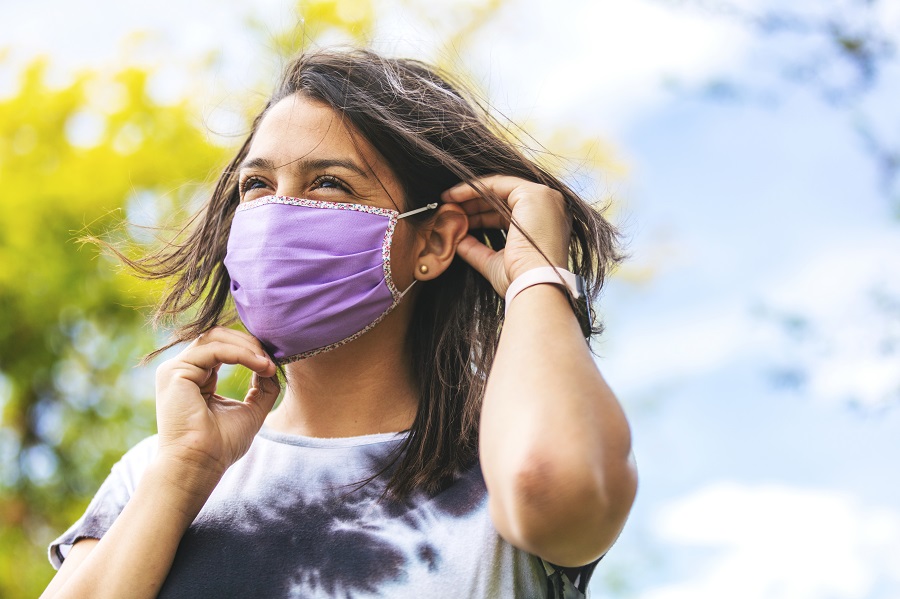Post-secondary education is built largely on a model of bringing people together—in classrooms and common spaces, libraries and labs—to socialize, share knowledge, and develop new skills. The Coronavirus outbreak has upended that model and institutions across Canada are now considering how best to continue providing high-quality education and training, while keeping students and staff safe.
Some institutions will move their courses almost entirely online. Others will welcome students back to campus with social distancing practices and health precautions in place. Approaches will vary. But whenever and however institutions do re-open their campuses, two questions remain: will students go? And how will they decide? By leveraging a behavioural perspective, institutions can adopt strategies that reduce risk, maximize student safety, and encourage students to come back.
Leveraging Behavioural Perspectives
Implicit in policy measures, like physical distancing, meant to slow the spread of COVID-19 is the reality that the fight against the pandemic comes down to peoples’ behaviours. The problem is: people are imperfectly rational—we don’t always make decisions or act in expected ways. See for example recent images from Florida beaches or, closer to home, Trinity Bellwoods Park.
More than ever, institutions need to be proactive about identifying barriers to healthy, safe decision making, while actively promoting positive behaviours.
It’s easy to be critical, but it is important to remember that our behaviours are influenced by a complex mix of emotions and intuitions, values, what motivates us, how choices are presented to us, our personal circumstances, and what people around us are doing. This means that behaviour is at the heart of the return to campus this fall.
Colleges, polytechnics, and universities must consider student perceptions and fears about COVID-19 and anticipate the questions they may have about what to expect if and when students go back. They also need to understand the factors that shape student decisions about returning, not to mention the behaviours they engage in once they are back on campus.
What can post-secondary institutions do?
General principles about human behaviour can help post-secondary institutions make their campuses safer. For example, the ways that institutions share information can be just as important as the information they share. Are communications about how institutions are establishing safe campus environments clear, timely, accessible, and authentic?
More than ever, institutions need to be proactive about identifying barriers to healthy, safe decision making, while actively promoting positive behaviours. A reactive, “wait and see” approach won’t work. We see, for example, many cities recognize the need for the public to safely enjoy time outdoors. In some cases, they have taken a proactive approach to re-opening parks: painting social-distancing circles on the ground to encourage and promote healthy behaviour in public spaces.
Cues like this nudge us to stay on track: they consider that sometimes we have a hard time following through with the rules or are confused about what exactly a safe distance outside looks like. Schools can make similar efforts to re-assure students that their campuses are safe. As much as possible, post-secondary institutions must try to anticipate how students will behave and interact with their environments and with each other.
We often look to peer groups or the people around us for cues on how to act. For example, students who are made aware, through campus communications, that their peers would intervene when witnessing incidents of sexual harassment are more likely to intervene themselves in the future. Are there comparable ways that institutions can leverage collective views on the importance of safe behaviours to establish new social norms and influence behaviours—especially as students navigate a markedly different campus environment?
And of course, just like public health decisions, colleges, polytechnics, and universities must be guided by evidence as they think about and plan safe and inclusive campuses. Institutions should seek to test solutions and learn from each other to identify what works and what doesn’t.
People First
For those already facing barriers to education, the added challenges and stress associated with the pandemic may prove too much for them to feel comfortable or even able to return to campus this fall. The unfortunate reality is that many will have their educational pathways delayed or derailed because of COVID-19.
What’s clear, though, is that to provide safe and inclusive learning environments, post-secondary institutions will need to integrate people-first or behaviourally-informed perspectives into their response and recovery planning. In other words, to make their campuses safer, institutions will need to focus on the reasons why people fail to make safe decisions or engage in unsafe behaviours in the first place.
Learn more about social and emotional skills by visiting: https://www.conferenceboard.ca/research/the-future-is-social-and-emotional


